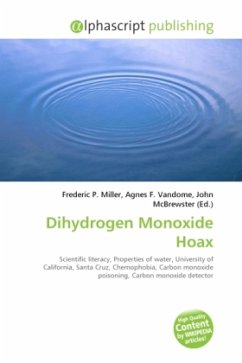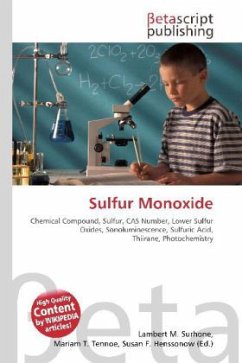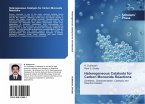The dihydrogen monoxide hoax involves the use of an unfamiliar name for water, then listing some negative effects of water, then asking individuals to help control the seemingly dangerous substance. The hoax is designed to illustrate how the lack of scientific literacy and an exaggerated analysis can lead to misplaced fears. "Dihydrogen monoxide", shortened to "DHMO", is a name for water that is consistent with chemical nomenclature, but that is almost never used. A popular version of the hoax was created by Eric Lechner, Lars Norpchen and Matthew Kaufman, housemates while attending UC Santa Cruz in 1990, revised by Craig Jackson in 1994, and brought to widespread public attention in 1997 when Nathan Zohner, a 14-year-old student, gathered petitions to ban "DHMO" as the basis of his science project, titled "How Gullible Are We?" "Dihydrogen monoxide" may sound dangerous to those with a limited knowledge of chemistry or who hold to an ideal of a "chemical-free" life (chemophobia).
Bitte wählen Sie Ihr Anliegen aus.
Rechnungen
Retourenschein anfordern
Bestellstatus
Storno








